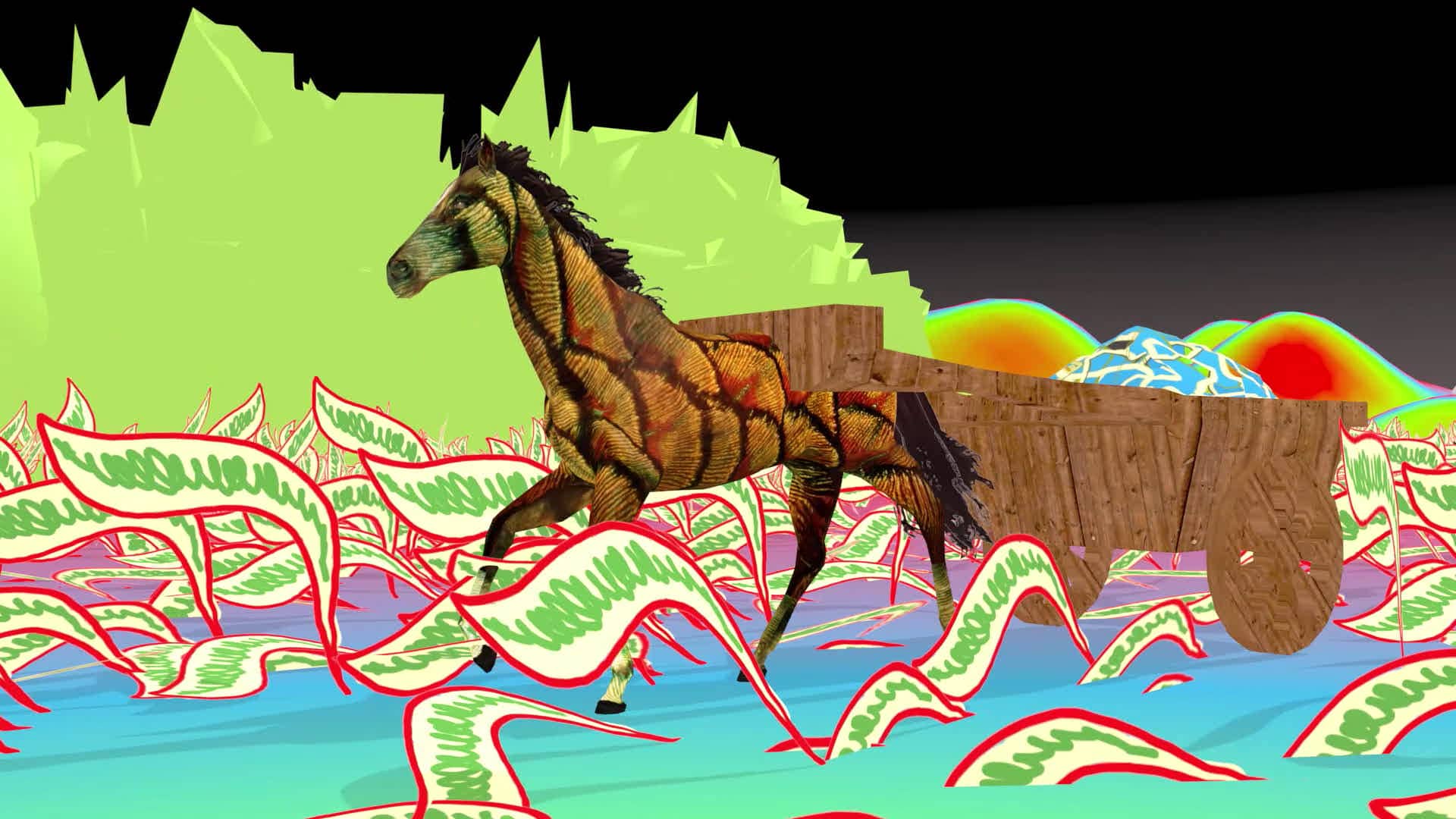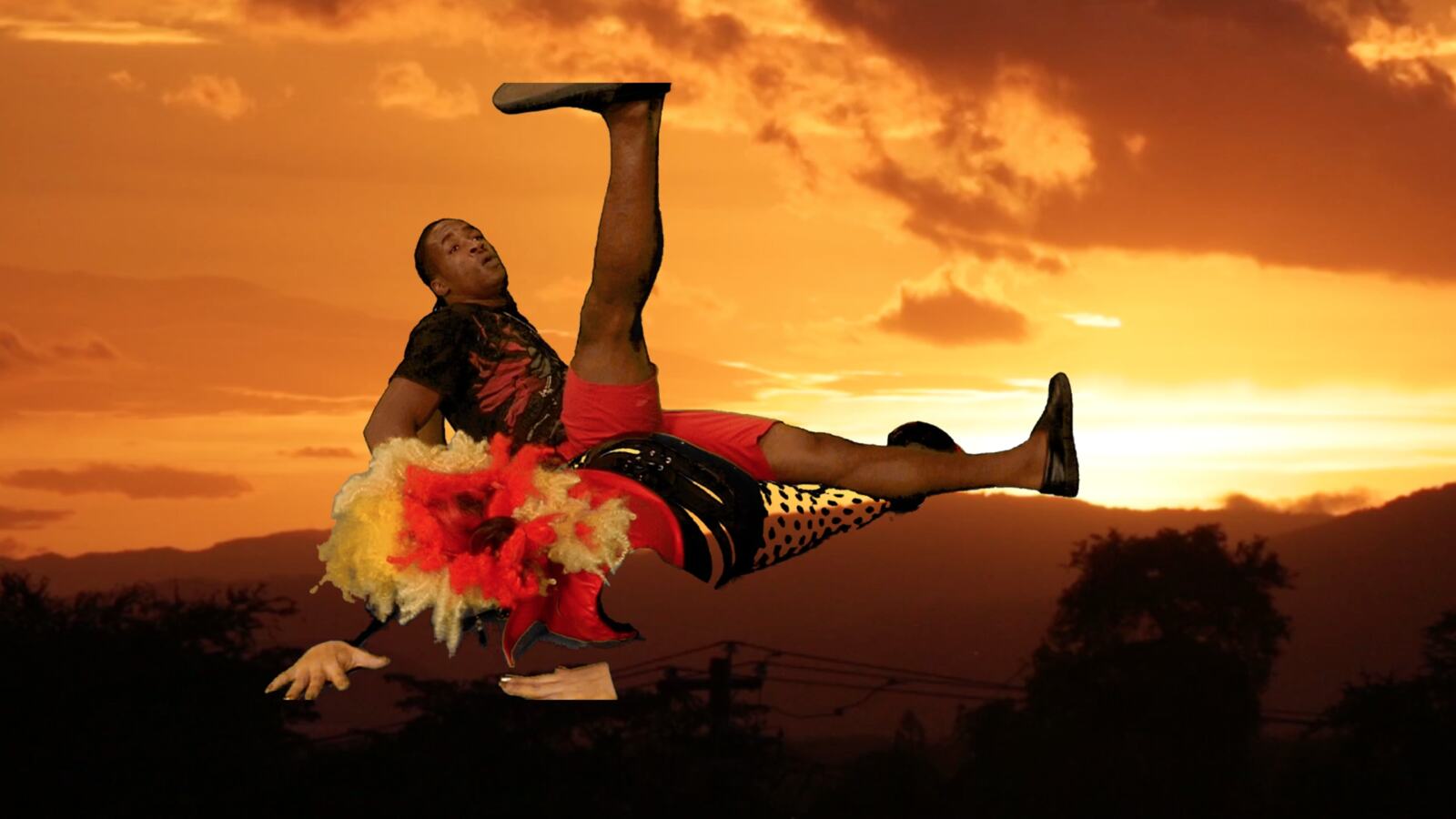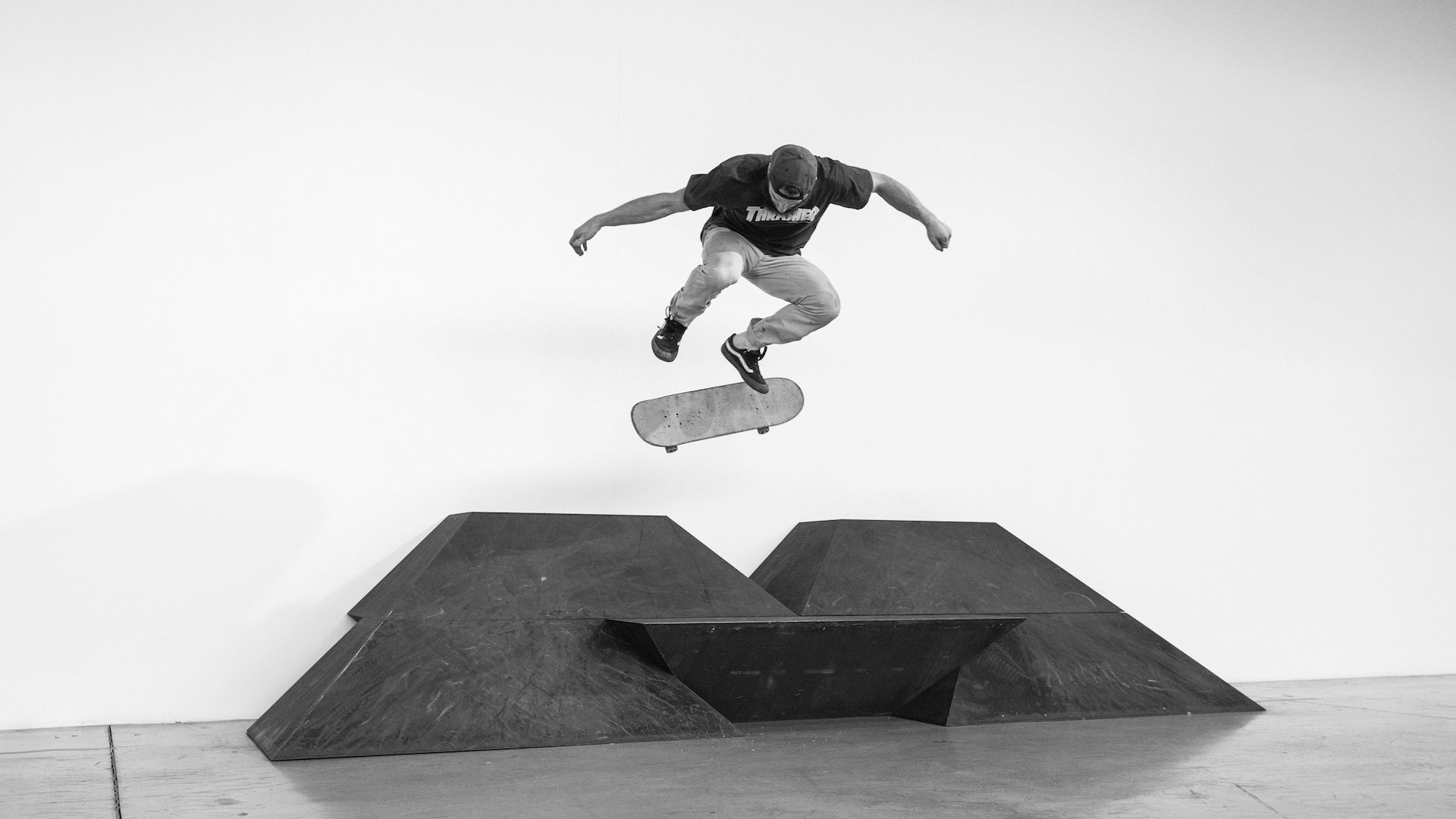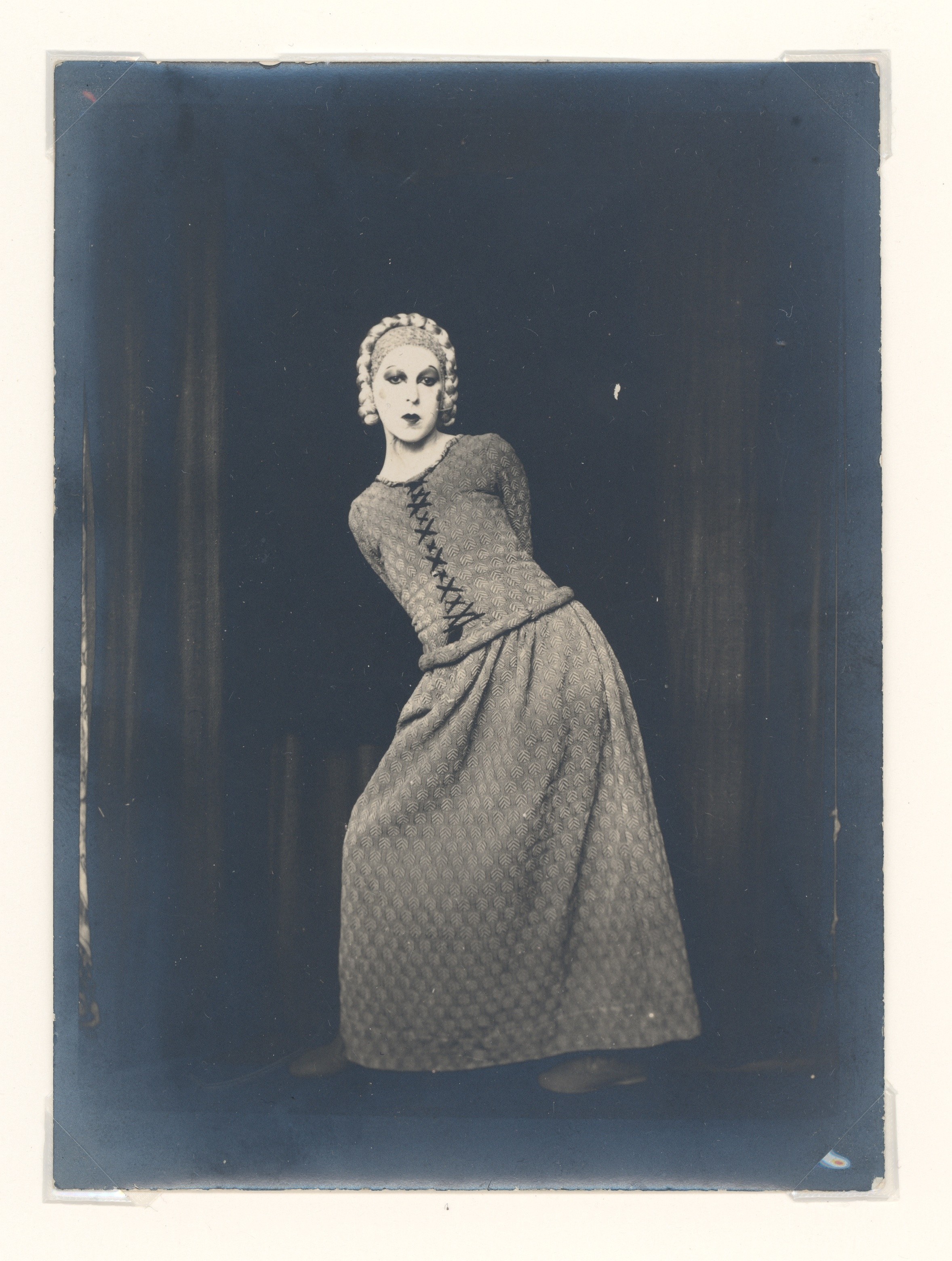ElaineAlain’s takeover
[30 de dezembro de 2019]

On 2007, the Canadian band Arcade Fire released the album “Neon Bible”. The last song of the CD, “My body is a cage”, has initial verses that I am pretty sure that a whole generation knows by heart: “My body is cage that keeps me / from dancing with the one I love / but my mind holds the key”.
Yes, our bodies can be a prison to many acts that ask for courage and self-affirmation: dancing, loving, communicating, expressing ourselves. We all begin with our bodies and from there we experience the world. The same way that the body can be seen like this type of cerebral prison, it can be also be understood as a trampoline for freedom; as Barbara Kruger wrote in one of her most famous works, “Your body is a battleground” (1989) – it is an arena for shouting, screaming, dressing and showing to the public gaze: I exist. Sometimes there’s no time to leave the keys with the mind; we need to act in a libertarian way through our bodies – specially in times like these when we’re facing fascist waves everywhere in the globe.
The five artists I decided to share here on ElaineAlain come from a personal curatorial interest I have on the recent months: these relations between the human body and freedom in an anti-fascist point of view. These artists – Cecilia Bengolea, Claude Cahun, Bertrand Dezoteux, Kengné Téguia and Raphael Zarka - develop researches that deal with the body as triggers for reflections about resistance. These uses of the body have a range of media: some of them are central in performative ephemeral acts, while others are depicted through video, digital animation and photography. Their agendas can be quite different but they all dialogue looking at the human body as an agent of empowerment that can engage the audience physically or at least suggest them that our bodies can be tools of micro-revolutions.

Kengné Téguia’s videos have a performative aspect: he covers pop songs and uses them as guidelines of his videos. Born 80% deaf, he explores his deafness appropriating songs by his voice. As he wrote recently, it’s a research of someone that is “coming out as a deaf cyborg”. In some videos, he uses his body in a performative way inviting the public to reflect about blackness, queerness and afro futurism. In a virtual duo with Billie Holiday, Kengné sings “Strange fruit”; if the song was written due to the racial conflicts in the USA during the 1930’s, now it is updated on his voice leaving for the audience a space to reflect about the perpetuation of violence against queer and black people.

Using techniques like stop motion and computer-generated images, Bertrand Dezoteux creates narratives that comment not only existential issues but also cultural identity on contemporary France. The dialogues are essential and it’s not uncommon to notice the constant use of nonsense – this perception is certainly bolded by the fact that Dezoteux’s characters are not only humans but also animals, historical figures and even unanimated objects. Nature, landscape, politics and philosophical questions are all through his work with a sense of humor that quickly engages the public and invites us all to a fictional reality. His bodies are pure images that can be folded, fragmented and torn in a close dialogue to surrealism.

Cecilia Bengolea
Born in Argentina, Cecilia Bengolea’s practice is based in visual and performative arts. An experienced choreographer and dancer, she researches dancing as performative act and how to articulate it in fictional video narratives. In the recent years she has been researching the movement and visual culture around dancehall style and competitions in Jamaica. Some of her videos seem to be quite unpretentious and people are dancing to the camera in a very experimental and free mood. Other pieces – like “Bombom’s dream”, co-directed with Jeremy Deller – create a fictional layer that transforms dancers in characters of a fable-like narrative. Dancing is a key act to explore all the areas of the human body and to affirm an identity seem as peripherical in the public space.

The relations between urban furniture, sculpture and how they can be used by the human body is one of the main interests of Raphael Zarka. His research deals not only with documentation of how skaters use public sculptures to their practice but also in creating sculptures that can either be seen and used for skating. The limits between the senses – specially between seeing and touching – and the boundaries between what is public and what is private are topics constantly worked and reflected by Zarka. The skater’s body, on his perspective, is a free body that can dance and improvise from the city design.

“Under this mask, another mask; I will never finish removing all these faces” – this quote by the French artist Claude Cahun (1894-1954) is a summary of their work. A writer and photographer that worked mostly with self-portraits, collage and the relation between image and text, their images are full of mystery, self-affirmation and provocation. Playing with costumes, make-up and poses, the artist also played with gender roles and assumed publicly their desire to be considered gender neutral. The conscience of the fictional role of photography was already there but, perhaps more than that, there was already a huge conscience that our identities could – and perhaps should – be fluid.
(textos escritos para uma ocupação [takeover] do instagram ElaineAlain, criado pelo Institut Français para divulgar artistas visuais residentes na França. a convite deles escolhi cinco artistas a partir de um recorte, escrevi um pouco sobre cada um e pensamos em conjunto as imagens a serem compartilhadas. cada artista foi publicado durante uma semana entre janeiro e fevereiro de 2020)